With recent advancements in artificial intelligence and machine learning, new software and tools are emerging that can simulate the look and feel of photos taken by humans with a camera.
One such technology is generative adversarial networks (GANs), which are AI algorithms that can learn to generate new images that are similar to real photographs. GANs are trained on large datasets of real photos, and then use this data to generate new images that mimic the style and content of the original photos.
Another example is computational photography, which uses algorithms to enhance and manipulate images in ways that were previously impossible with traditional photography techniques. For example, some computational photography techniques can be used to remove unwanted objects from a photo, adjust the focus after the photo has been taken, or create panoramic images from multiple photos.
While these AI-powered tools can be useful for automating certain tasks and enhancing photos, they are not yet able to replace the creativity and vision of a human photographer. Photography is an art form that requires a human touch, and there will always be a need for skilled photographers to capture the essence of a moment and bring their own unique perspective to their work.
AI and machine learning will continue to transform the photography industry, but it is up to photographers to embrace these new technologies and use them to enhance their work, rather than seeing them as a threat to their profession.
Artificial Intelligence (AI) is revolutionizing the field of photography in many ways. Here are some of the ways that AI is changing the photography game:
-
Automated image editing: AI-powered image editing tools can quickly and easily enhance photos by applying filters, adjusting color and contrast, and even removing unwanted objects.
-
Smart composition: Some AI tools can analyze an image and suggest adjustments to improve its composition, such as cropping, straightening, or recomposing.
-
Intelligent image recognition: AI algorithms can identify and tag objects, people, and locations in photos, making it easier to organize and search through large collections of images.
-
Advanced image analysis: AI algorithms can analyze images in a more detailed way than human eyes, detecting patterns, textures, and shapes that might not be immediately obvious to the human observer.
-
Enhanced image capture: Some cameras use AI to optimize settings and capture better quality images. For example, AI can adjust exposure settings based on lighting conditions, or stabilize an image to reduce camera shake.
-
Personalized recommendations: AI-powered image recognition and analysis can help photographers get personalized recommendations for equipment, settings, and composition based on their preferences and style.
-
Improved accessibility: AI-powered image recognition can help people with visual impairments to better understand and experience images by providing detailed descriptions of what is in the photo.
Overall, AI is making it easier and faster to capture, edit, and analyze images, while also improving the quality and accuracy of the results. While AI cannot replace the creativity and skill of a talented photographer, it can help photographers to work more efficiently and effectively, and achieve results that might not have been possible before.
.png)
.png)



-1024x1024.png)